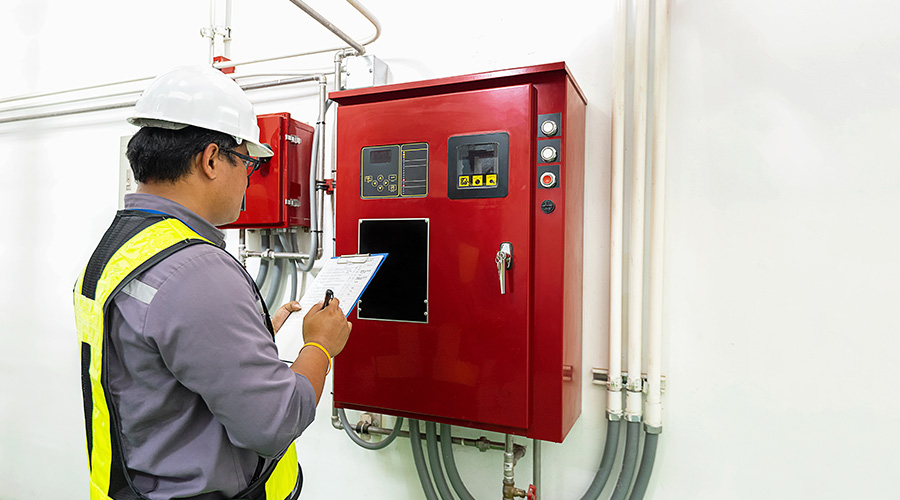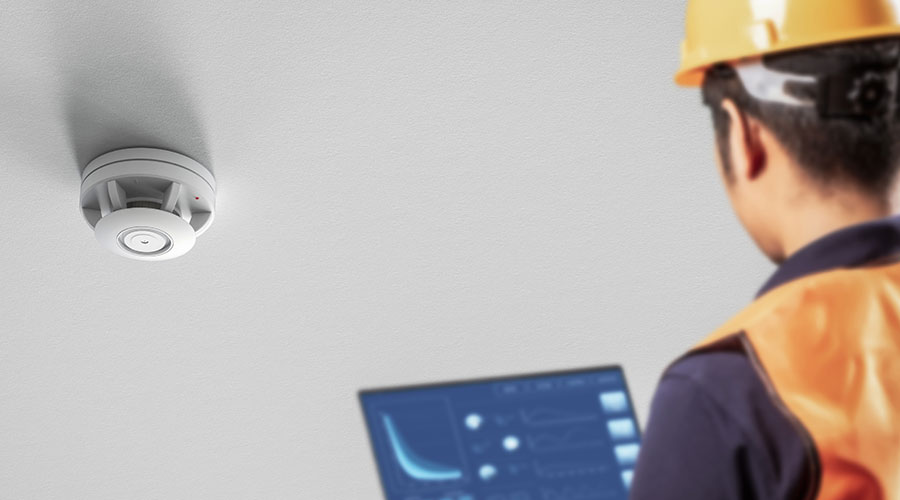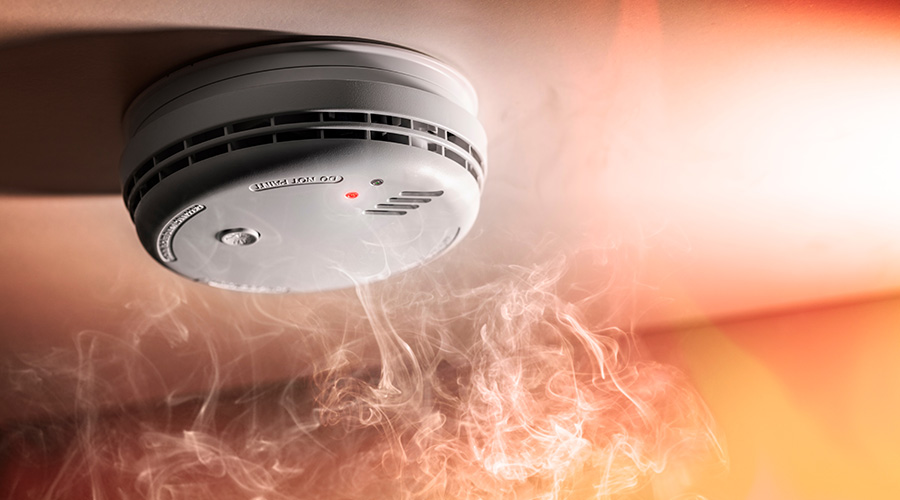Good Enough?
 Recent headlines offer a couple more reasons for facility executives to think about the benefits of fire/life safety and other measures that go beyond the mandates of building codes.
Recent headlines offer a couple more reasons for facility executives to think about the benefits of fire/life safety and other measures that go beyond the mandates of building codes.
The first was the fire at the Cook County Administration Building in Chicago. Writing about the blaze, James Carrigan, author of the fire safety article, notes that Chicago didn’t require older buildings to use sprinklers or fire compartmentation when it mandated one measure or the other for new buildings. Either one, Carrigan says, “would likely have saved the lives of the people who died in the Chicago fire.” Investigations into the tragedy continue, but the event has already prompted calls to require sprinklers or fire compartmentation in all Chicago high rises.
Headline No. 2 has to do with PADs — portable automated defibrillators. A $13 million study concluded that placing PADs in public areas and training non-medical personnel to use them doubles the chances of survival for victims of sudden cardiac arrest, compared to performing CPR alone. The study was funded in part by defibrillator manufacturers.
Despite their effectiveness, defibrillators aren’t mandated by code. Neither are sprinklers for most existing high rises. That’s not to say codes are grossly inadequate. They simply represent the minimum that must be done. And going beyond code costs more. At some point, liability or public demand could justify the extra expense. At some point, code writers could step in. For facility executives, however, the question for today is whether, in these matters of life and death, the time has come to act.
Related Topics:








 Recent headlines offer a couple more reasons for facility executives to think about the benefits of fire/life safety and other measures that go beyond the mandates of building codes.
Recent headlines offer a couple more reasons for facility executives to think about the benefits of fire/life safety and other measures that go beyond the mandates of building codes.



